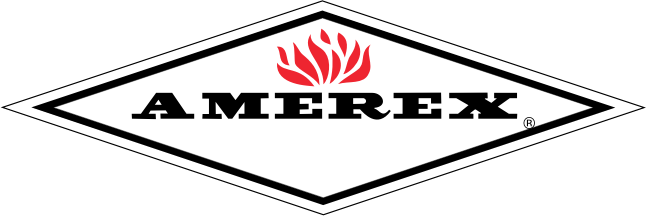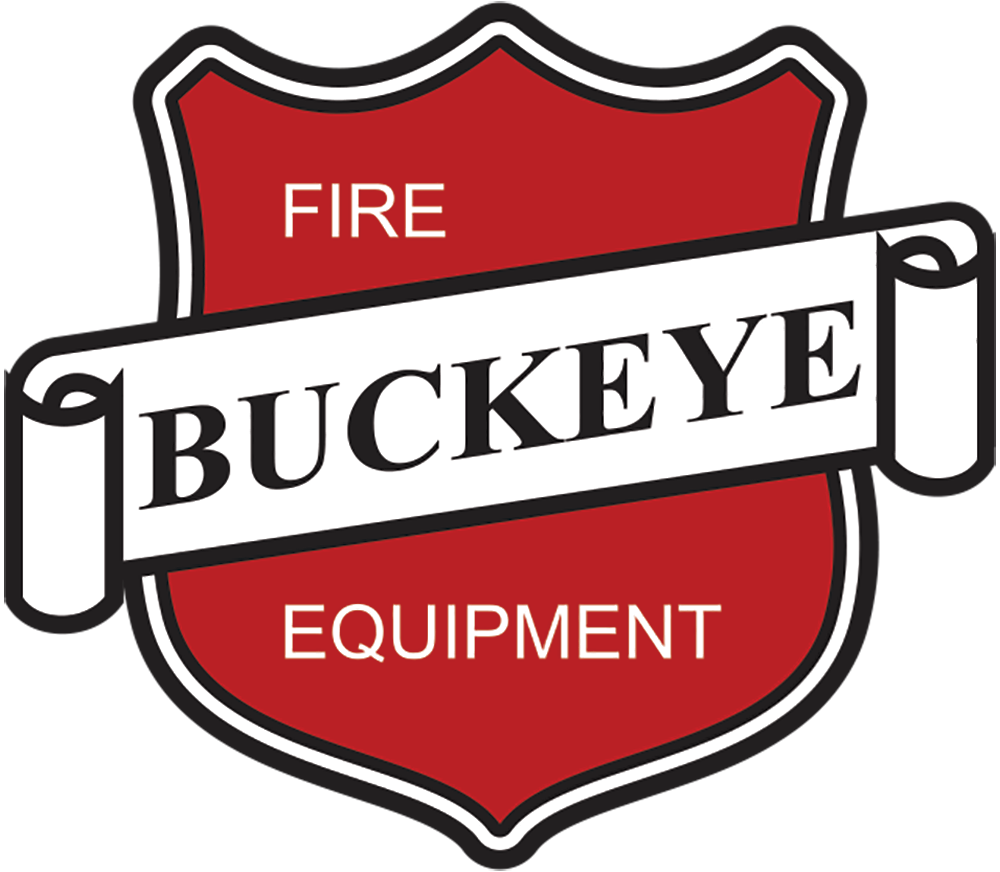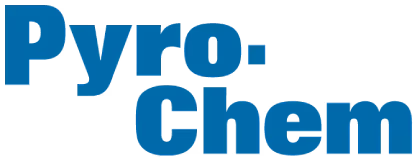One of the most effective tools in keeping people safe from fire emergencies is a sprinkler system. Fortunately, business owners and facility managers have multiple different sprinkler options to choose from, including quick response and standard response designs.
Understanding the distinctions between these types of sprinklers can help you better protect your property and employees or tenants. Read on to learn about the five differences in quick and standard response sprinklers, as well as tips for deciding between the two.
1. Their Purposes
Although you may think that quick response and standard response sprinklers have the same purpose, they do not. People install quick response sprinklers for the purpose of preventing fires from growing higher and stopping flashovers during a blaze. These sprinklers help to provide a safer environment for occupants or tenants to evacuate.
On the other hand, manufacturers design standard response sprinklers to prevent fires from spreading. They limit damage before the local fire department arrives on the scene. While both types of sprinklers contribute to overall fire safety, their unique purposes set them apart.
2. Response Times
Another example of the differences between quick and standard response sprinklers is their response times. As their name implies, quick response units activate significantly faster than their standard counterparts. With their response time indexes of 50 or lower, they will begin dispensing water much faster when they detect heat.
Meanwhile, the standard response sprinkler has an index of at least 80. Understanding this difference may help you ensure that your chosen sprinkler system meets the specific needs of your space.
3. Water Distribution

The water distribution patterns of these two systems also set them apart. Because quick response sprinkler heads aim to prevent fires from increasing in height, manufacturers build them to spray their water on a room’s ceiling. This prevents the ceiling and the walls from becoming too hot and igniting.
Conversely, the standard response sprinklers feature designs that aim for the areas around fires. By wetting these areas, they stop the fire from spreading and keep it contained. Understanding these water distribution differences can also help you manage fire emergencies more effectively in your location.
4. Physical Appearances
Quick and standard response sprinklers also differ in their physical designs, which reflect their unique operating mechanisms. Both sprinklers feature small glass bulbs that prevent them from releasing the water before a blaze is present. When these bulbs experience enough heat, they will burst and release the water.
However, the sizes of the bulbs in both sprinklers differ, which affects how quickly they react to fires. Quick response sprinklers typically feature a 3-millimeter glass bulb, which requires less heat to activate than a standard sprinkler head. By contrast, standard response sprinklers incorporate a larger 5-millimeter glass bulb, calibrated for the slower activation.
5. Applications

One last area where these two sprinklers differ is in the environments where people use them. People primarily install quick response sprinklers in places where many people congregate. These may include office buildings, hospitals, schools, hotels, and apartment complexes. By acting quickly, they give occupants, students, or residents ample time to leave their buildings safely.
On the other hand, standard response sprinklers are frequently used to protect environments that are less populated than those mentioned above. For example, warehouses, manufacturing plants, storage facilities, and industrial complexes often rely on standard response sprinklers to manage fires within large areas. The slower activation and broader water distribution of these systems protect critical assets significantly well.
Tips for Choosing Which Sprinkler You Need
Even after learning the differences between these two types of sprinklers, you still may feel unsure about which product is the right fit for your needs. Fortunately, this blog can help with three tips to guide you through your decision-making process.
Consider Your Environment
One important tip is to look at the environment where you plan to install the sprinklers. If you own or manage a densely populated facility, such as an assisted-living facility, it is better to select a quick response sprinkler. You will give people a better chance of escaping before the fire has the opportunity to cause any injuries or fatalities.
Conversely, if your environment leans more toward the industrial or commercial side, consider a standard response sprinkler. You will likely need to prioritize preventing property loss over evacuations.
Standard response sprinklers may also be very effective if your facility features items that are easily ignitable. You will be able to lower the speed of the fire’s spread without using up all of your water.
Look at Your Ceiling Height
The ceiling heights within your environment should also guide you in your sprinkler choices. For example, quick response sprinklers are best for rooms with lower ceilings, where the heat generated by a fire can rise and trigger the sprinkler’s activation relatively quickly.
On the other hand, standard response sprinklers excel in areas with higher ceilings, as they allow larger volumes of heat to accumulate before activation. Taking the dimensions of your space into consideration will help you determine which sprinkler type is best suited for effective fire control.
Consult With a Professional
Navigating the complexities of fire protection technology can sometimes require specialized insights. Consulting with a professional fire protection specialist ensures that you receive tailored advice that meets your facility’s unique requirements.
These experts can assess the specific attributes of your environment and help you select the most effective sprinkler system. An accurate assessment from a trained professional will provide you with peace of mind and increase your chances of investing in a system that aligns with both regulatory standards and operational needs.
Overall, choosing between quick and standard response sprinklers requires knowledge of their core differences. Understanding these nuances will enable you to develop a fire protection strategy that meets the needs of your space.
If you’re looking for highly qualified fire sprinkler companies in San Diego, contact Hedrick Fire Protection today. We understand that fire protection is too critical to overlook, and selecting the right sprinkler system is a very important investment. Our workers can help you install the right fire system and inspect it to ensure that it provides your business or location with protection that you can rely on.



